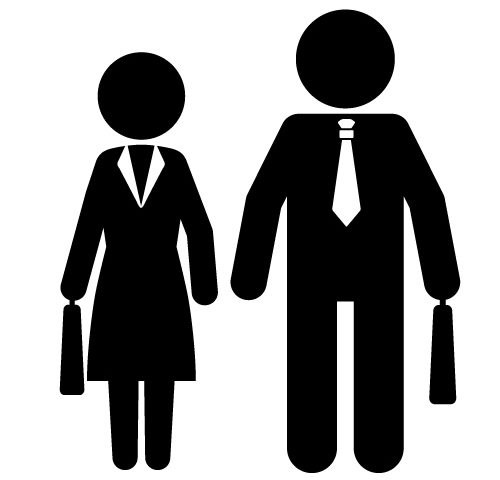
“In the summertime when the weather is hot …”
July 2, 2019
Legal Trends Employers Should Watch (2019)
July 25, 2019It’s been almost three years since the #MeToo social media movement brought heightened awareness to sexual harassment issues—where are we now? Many employers have made sincere efforts to implement policies and practices that protect women (and men) from sexual harassment in the workplace and to address allegations of inappropriate behavior.
Unfortunately, one of the unintended consequences of #MeToo is that many men have expressed discomfort mentoring, working alone with or socializing with female co-workers, in some cases even saying they are hesitant to hire women because of the perceived potential for harassment complaints, according to surveys conducted by SurveyMonkey and LeanIn.org.
In 2018 women comprised 47% of the U.S. labor force, yet less than 5% of CEOs of Fortune 500 companies were female. While some of this imbalance may be due to career choices, many times women don’t have the same opportunities for professional advancement that are available to men. Women need greater opportunities for career mentoring usually provided by senior leaders who are still more likely to be men in many organizations.
So, can men and women really work together? Here are a few common sense workplace guidelines to help people (both men and women) work together:
- Wear business-appropriate clothing. Tight-fitting, revealing clothing does not create a professional image. When you dress like a business professional, people are more likely to treat you in a professional manner.
- Use appropriate language in the workplace. Avoid profanity, sexist, racist and bigoted language. Don’t share off-color jokes in the workplace (vocally or electronically); what you find humorous may be offensive to others.
- Don’t invade people’s personal space. Most people prefer that you stay at least arms-length distance away from them unless you know them extremely well. If a co-worker (or anyone else) starts backing away from you, it’s probably because you’re too close for comfort.
- Business meetings, including mentoring sessions, should be conducted in the workplace so that there are less likely to be misunderstandings about the relationship.
- Socializing with co-workers is ok, but remember—what happens in Vegas doesn’t always stay in Vegas. Inappropriate behavior after-hours has a way of following you back to work and, in today’s world of social media, also shows up on the internet.
- Workplace romances (almost) never end up well, someone (almost) always gets hurt. A broken heart at work may also lead to serious allegations of sexual harassment.
- Tell someone if he/she has said or done something that makes you uncomfortable. It was probably not their intent to be offensive and by simply bringing it to their attention, you can change their behavior.
- If someone tells you that you have done something that makes them uncomfortable, apologize and change your behavior!
- Treat everyone with respect. You don’t have to like or agree with everyone you work with, but you do have to be able to work productively with everyone.
- Lead by example and help create a workplace environment where both men and women can contribute to the organization’s success and have opportunities for career advancement.
An HR professional can help you with all of your human resources needs, from hiring the right employees, running background checks, creating employee handbooks that include anti-harassment policies and procedures, managing employee performance, staying legally compliant, automating employee records, and other related services you need to create an environment where employees can provide the tasks that you need to run your business.


